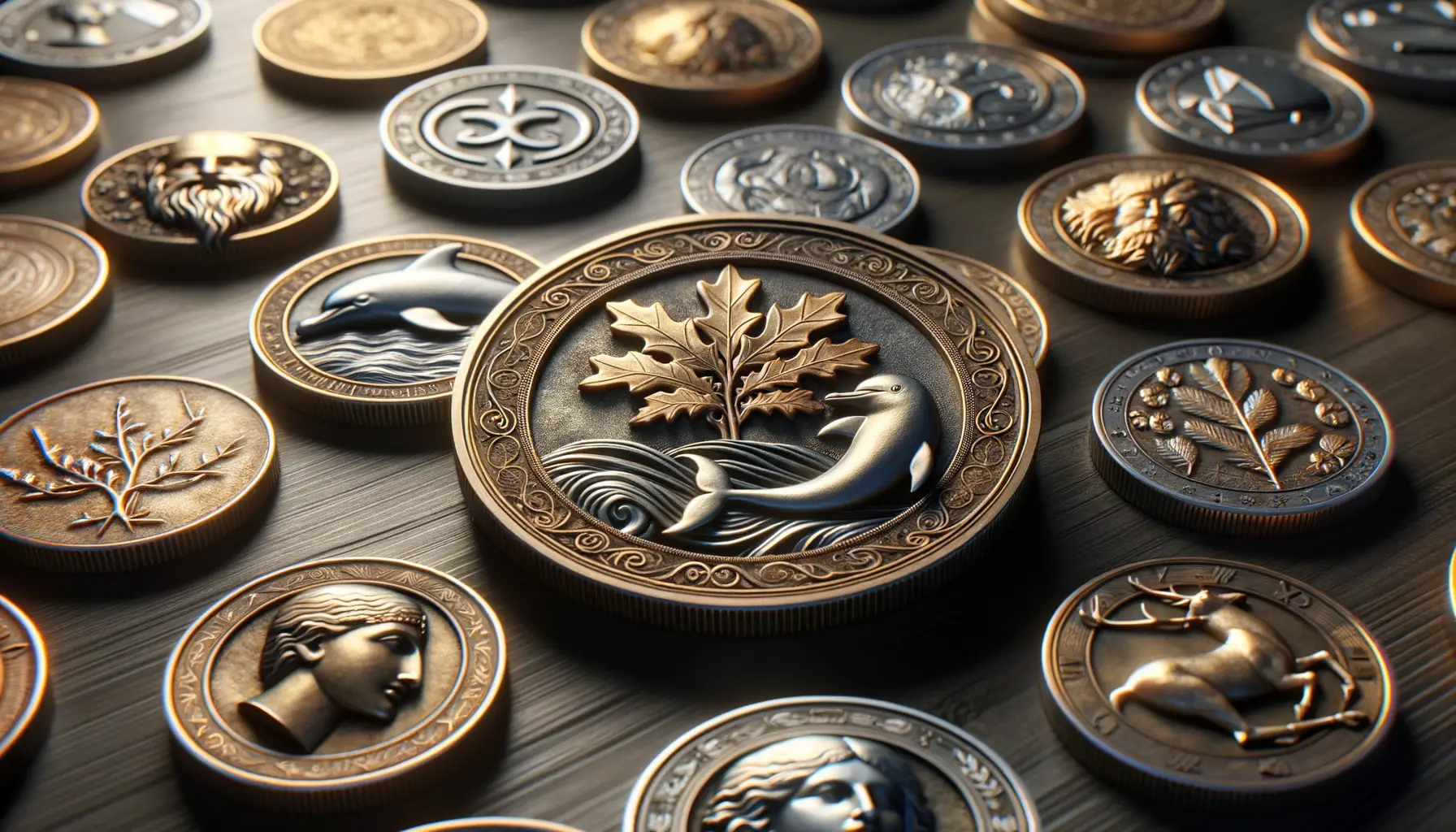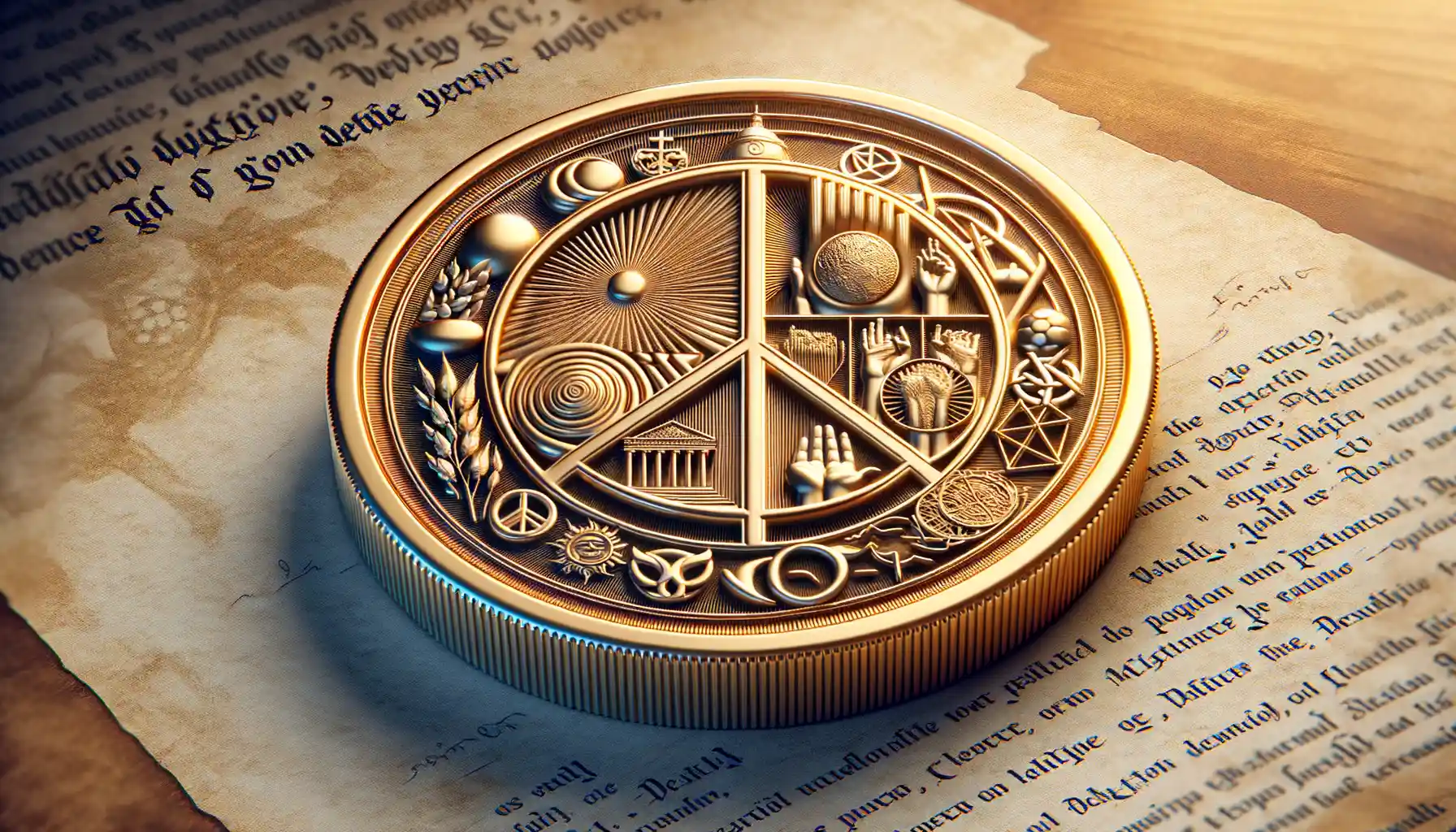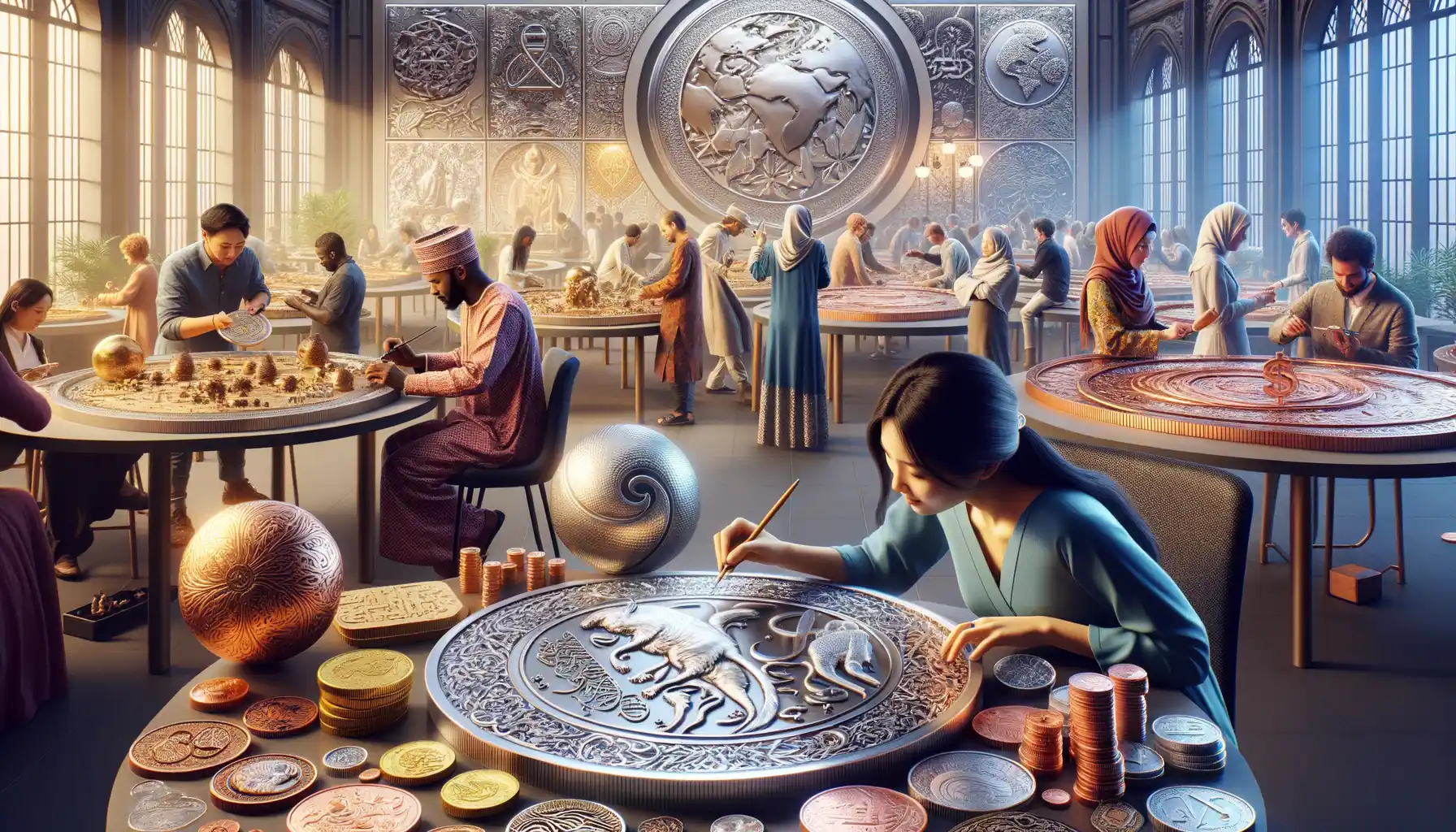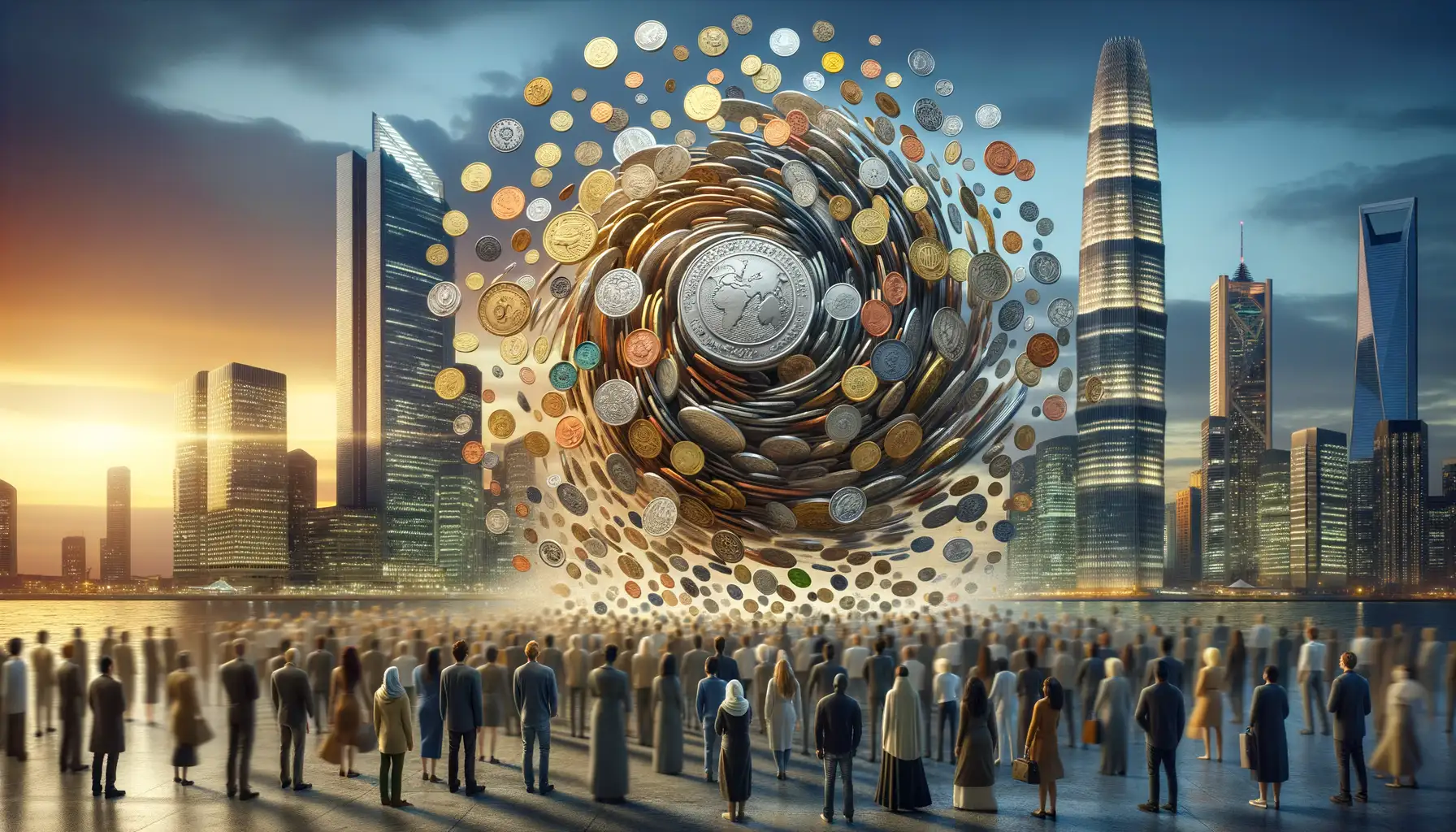Historical Significance of Coinage in National Identity
The Roots of Identity in Metal
Imagine holding a coin from centuries ago, its surface worn smooth by countless fingers, yet still bearing the echoes of a nation’s aspirations. Coins aren’t just tools of trade; they’re miniature time capsules, preserving the essence of a country’s history and values. From ancient Greece to modern-day nations, coinage has been a silent narrator of who we are and where we’ve been.
Take, for instance, the Roman denarius. Beyond its economic purpose, it was Rome’s way of saying: “This is who we are—powerful, enduring, and united.” Fast forward to newly independent countries in the 20th century. For them, designing their first national coin was like planting a flag—a declaration of sovereignty and pride.
- Think of the Indian rupee, symbolizing a break from colonial rule, adorned with imagery of progress and tradition.
- Or consider the American penny featuring Abraham Lincoln, embodying not just currency but ideals of freedom and leadership.
Coins tell stories no history book can fully capture. They’re witnesses, participants, and narrators of the ever-evolving journey of national identity.
Symbolism and Imagery on Coins

The Hidden Stories Coins Whisper
Picture this: a small, everyday coin resting in the palm of your hand. It’s more than metal—it’s a storyteller. Every design etched into its surface carries symbols that reflect the soul of a nation. Think of the intricate eagle on a U.S. quarter, wings spreading wide, representing freedom soaring high. Or the maple leaf on Canadian coins, a nod to their lush natural heritage.
These designs aren’t just decoration—they’re coded messages. A coin becomes a canvas for heroes, myths, and the dreams of a country. Consider the Roman denarius. These ancient pieces often portrayed emperors crowned with laurel wreaths, silently shouting their power and divine favor. What could be more bold?
- Animals: Lions roar courage into coins, owls whisper wisdom, and dragons ignite fiery pride.
- Landmarks: From the Eiffel Tower to Mount Fuji, nations immortalize their defining wonders.
- Mythology: Gods and goddesses once danced across ancient currency, blending faith and identity.
Every scratch and gleam on a coin is a gateway to its country’s heart. Next time you hold one, take a closer look—it may just speak its secrets to you.
Coinage as a Tool for Political Messaging

The Hidden Power of Coins in Crafting Political Narratives
Picture this: a humble coin slipping between your fingers as you buy a cup of coffee or drop it into a vending machine. Harmless, right? But take a closer look. That small disc of metal is a carefully crafted political statement—a microphone for governments to broadcast their message.
Throughout history, rulers and nations have harnessed coinage as more than trade tools. They’ve transformed them into canvases of propaganda. Think of the mighty Roman emperors stamping their faces on currency, engraving phrases like “SPQR” to remind citizens of their loyalty to the Republic. Or Napoleon—his coins didn’t just feature his image, but also lauded his victories with inscriptions that practically shouted, “I’m your hero.”
- Icons and slogans: Leaders often used coins to symbolize strength, stability, and national unity.
- Historical milestones: Coins commemorated wars, treaties, and revolutions, shaping how future generations remember these events.
The genius lies in the subtlety. Everyone touches coins; everyone sees them. And whether they realize it or not, what’s imprinted on them shapes their perception of power, identity, and loyalty. Isn’t that a remarkable way to “talk” to a nation?
Cultural Representation through Currency Design

Coins as Storytellers of Culture
Imagine holding a coin in your hand. It’s more than just metal—it’s a miniature canvas, whispering the story of an entire culture. Coins have this magical ability to encapsulate traditions, legends, and the heartbeat of a nation. Ever noticed how some currencies feature intricate tribal patterns, while others proudly display revered artists or ancient monuments? These are not random choices. They’re deliberate acts of preserving identity.
Take, for instance, the Indian Rupee with its depiction of Mahatma Gandhi, or the Japanese Yen adorned with cherry blossoms. These symbols don’t just sit there idly; they celebrate cultural pride. Coins can even carry whispers of music, literature, and art. Who could forget the dramatic harp on the Irish Euro, calling to mind Ireland’s poetic and musical heritage?
It’s fascinating—currency doesn’t just exchange value; it exchanges meaning. Every design choice is a love letter to a society’s unique history and soul, ensuring no passerby ever forgets what makes them distinct.
Modern Implications of Coins in Shaping Identity

The Dynamic Role of Coins in Contemporary Identity
Picture this: a sleek, freshly minted coin sliding into your palm. It’s not just currency—it’s a miniature storyteller. In today’s fast-paced, digital-heavy world, coins remain physical anchors of identity, often reminding us who we are—or aspire to be.
Modern coinage has transcended mere economic function. Think about commemorative coins. That shiny disc might honor cultural heroes like Mahatma Gandhi or celebrate milestones like the Moon landing. Each design tells a story that whispers, “This is what we, as a nation, hold dear.”
But there’s something even more personal at play. Pull out a coin from another country; it’s like holding a fragment of someone else’s culture. Instantly, you’re connected—to their language, symbols, and aspirations.
Now, imagine the child who stumbles upon an unusual coin at the beach or the collector who treasures an antique piece. These coins shape not just nations but individual identities, forging a personal bridge between history and the future.